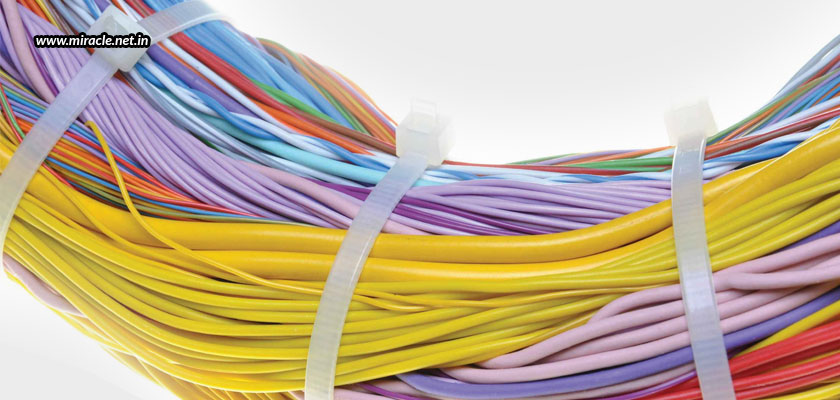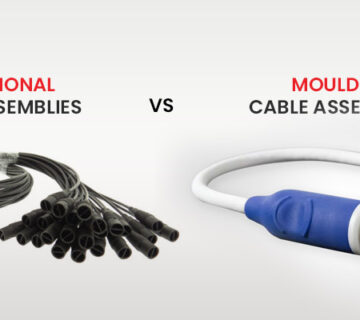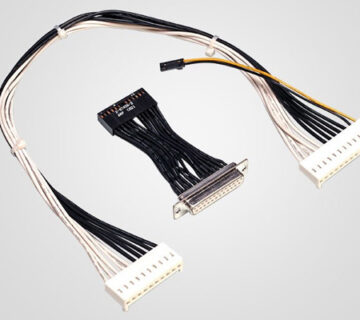Almost every industry today uses wires and cables, which is why these components have found excessive usage and demand. And, in applications that require hundreds and thousands of wires to perform, we can’t imagine the mess that could be created! This is why manufacturers have found an alternative to this – wire harnesses, wherein similar wires are clubbed together into a bundle to reduce the number of individual wires to be handled, thus reducing the mess, the space used, and the possible accidents. Miracle Electronics are one of the best wire harness manufacturers from India you can approach to have all kinds of wire harnesses built, no matter how simple or complex your application.
Speaking of complex applications, where hundreds and thousands of wires need to be used, and all cut to the same length before being harnesses, can you imagine how manual labour or even machineries would utilize hours to cut these wires to the exact length required!? To reduce such time, effort, and money, one popular process that is used is wire bundling. Wire bundling is when multiple wires are bundled together using a binding, so that specific cables are kept together over a distance. This helps organize the wires efficiently so as to simplify the application.
Types of wire bundling
There are various types of wire bundling used, depending upon the purpose and application. Let us take a look at some of the most popular applications.
Straight wire bundling
This type of bundling has all the wires tied beside one another, untwisted. The bundle is kept together from one end to the other, having little or no breakouts. This kind of bundling configuration is laid in trays, and can be installed very easily. This is one of the most popular configurations used because of the wide array of applications is can be used in, and the benefits it can offer. The best benefits that can be achieved with straight wire bundling include that it can help with heat distribution, and provides an organized and efficient wiring layout. It also makes maintenance very easy, while saving on time and labour. Straight wire bundles must be placed, and not pulled into place, which is why they are most commonly used in power plants, generators, LED lighting systems, hospitals, waste facilities, and HVAC systems. With all the benefits and convenience offered, straight wire bundles are a strong choice that are the most reliable and simple. But, one drawback that comes with straight wire bundling is that it isn’t as flexible as other configurations.
Staggered wire bundling
Staggered wire bundling has the same layout as the straight wire bundling, wherein the wires are laid straight and beside one another, but the only difference being that the main bundle is made up of smaller bundles, with the smaller bundles breaking off at the desired length. This makes breakouts and installing the wires in multiple systems more efficient and space conscious. The cables that can be used in staggered wire bundling may include electronic cables, data cables, bundling wire cables, fiber optic cables, tray cables, coax cables, and many more. The staggered wire bundling is one of the most challenging configurations, but it also benefits the most. Staggered wire bundles are used in constructional applications, security systems, conveyor systems, solar panels, LED lighting systems, and hospitals.
Spiral wire bundling
The spiral wire bundling configuration has the cables tied together, and twisted tightly. This twisting helps in stopping the electromagnetic interference, making this type of bundling preferred in data centers and communication systems. Moreover, the twist helps in offering the bundle the ability to be pulled through a conduit, unlike in the case of other configurations where the bundles need to be laid in trays. With the special kind of design that spiral wire bundles come in, they are most space conscious and flexible, enabling them to be used is very tight difficult to reach locations. These bundles are thus conveniently used in data systems, communication systems, robotic and automation applications, wind farms, solar farms, conveyor belt systems, control systems, and hospitals.
As you can see, each type of wire bundling configuration has its own pros and cons, and unique applications. So, decide on what you want, and place your order accordingly.




